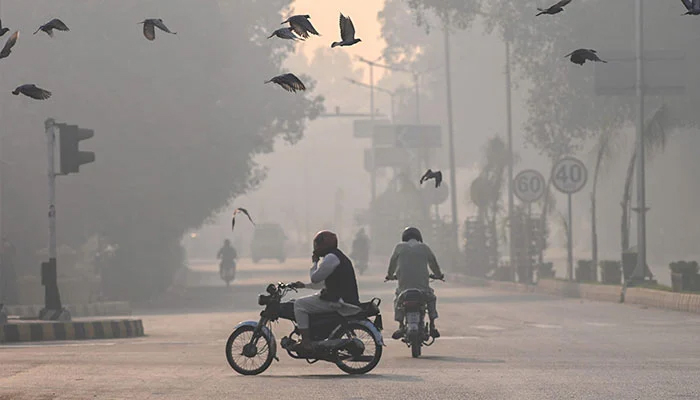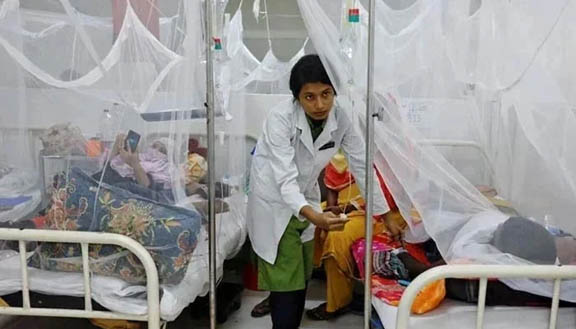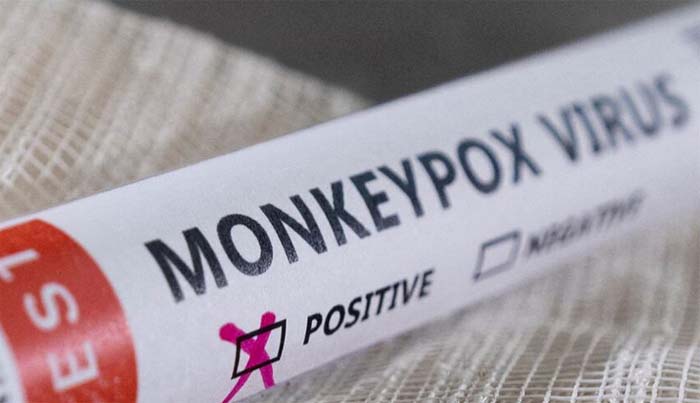The sun is shinning, which means puffy eyes and a runny nose for most hay fever patients.
For those who are struggling, the months of March and September are the most difficult, but there are two places of the country where Brits will be most affected today.
According to the Met Office, pollen levels will be high for the rest of the week throughout the North West and Yorkshire & the Humber.
These levels will remain until Saturday in the North, causing havoc for anyone hoping to visit parks and natural beauty sites.
Yesterday evening, rain pelted the areas, helping to circulate pollen into the atmosphere.
The pollen level in most other locations is medium, with a few spots in Scotland having a low count.
The spike in pollen comes as many people have been unable to obtain antihistamines due to a scarcity of a critical component.
Last week, Boots and Superdrug acknowledged that a component known as chlorphenamine maleate is in low supply.
Piriton, Allercalm, Allerief, Hayleve, and Pollenase, as well as several pharmacy-branded pills, contain it as an active component.
To make matters worse, millions of Britons have already been warned about the dangers that hot weather entails.
When the pollen count grows, asthmatics are at risk of life-threatening attacks.
Pollen, according to more than half of persons with asthma (59%) can cause symptoms like a tight chest, wheezing, and shortness.
According to the charity’s research, a quarter of people with chronic obstructive pulmonary disease (COPD) feel the same way.
Thriva’s Dr. Manpreet Bains discussed why individuals suffer from hay fever.
“Hayfever is a group of symptoms that occur at different times of the year depending on which pollen you are allergic to.”
Pollen season for trees is traditionally from late March to mid-May, grass pollen season is from mid-May to July, and weed pollen season is from June to September.







